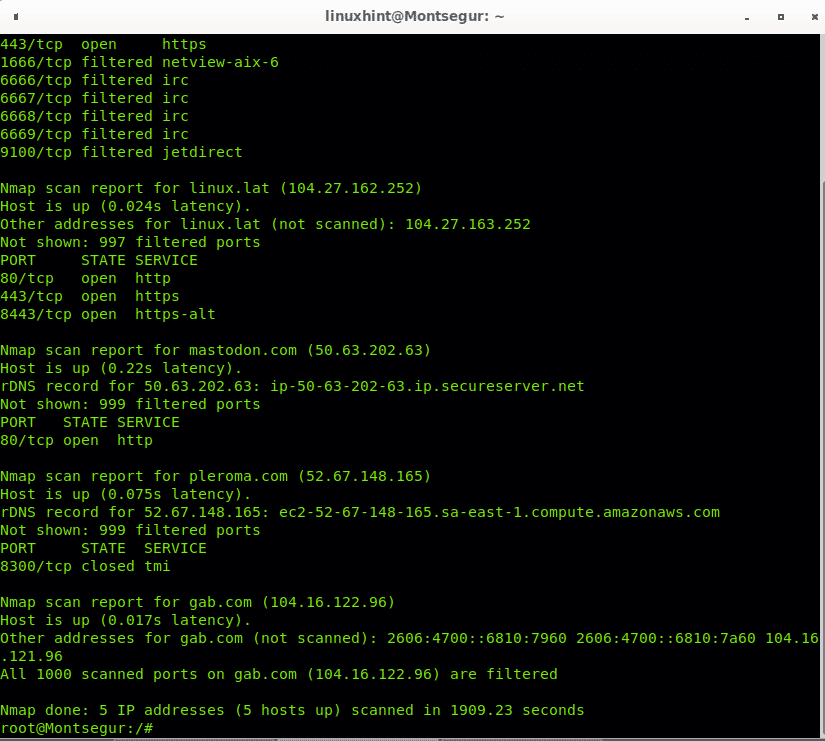
Nmap uses raw IP packets in novel ways to determine what hosts are available on the network, what services (application name and version) those hosts are offering, what operating systems (and OS versions) they are running, what type of packet filters/firewalls are in use, and dozens of other characteristics. Many systems and network administrators also find it useful for tasks such as network inventory, managing service upgrade schedules, and monitoring host or service uptime. Nmap ("Network Mapper") is a free and open source (license) utility for network discovery and security auditing. Nmap themselves do a great job describing the tool (see below) and what is does, so why re-invent the wheel? It was initially created by Gordon Lyon (aka Fyodor). Nmap is an essential open-source tool for Ethical Hackers and Penetration testers.

Nmap overview: What is Nmap? Why is Nmap useful? However, if you're stuck in an endless cycle of YouTube tutorials and want to start learning how hacking works by actually using and practicing the actual techniques and methods used by hackers today, then come join us at the Zero To Mastery Academy and learn Ethical Hacking alongside hundreds of other students that are you in your exact shoes. Unfilled cybersecurity jobs worldwide will reach over 4 million by 2021.~$6 trillion is expected to be spent globally on cybersecurity by 2021.



There are a lot of Nmap commands that you can use that are very detailed and advanced. We also provide you with an overview of which commands require root/sudo privileges and compare the noise levels (measures the likelihood of alarming the target that you are scanning) of various commands. In this Nmap cheat sheet, you will find both Nmap command examples as well as explanations of when and why you would use certain options and arguments.


 0 kommentar(er)
0 kommentar(er)
